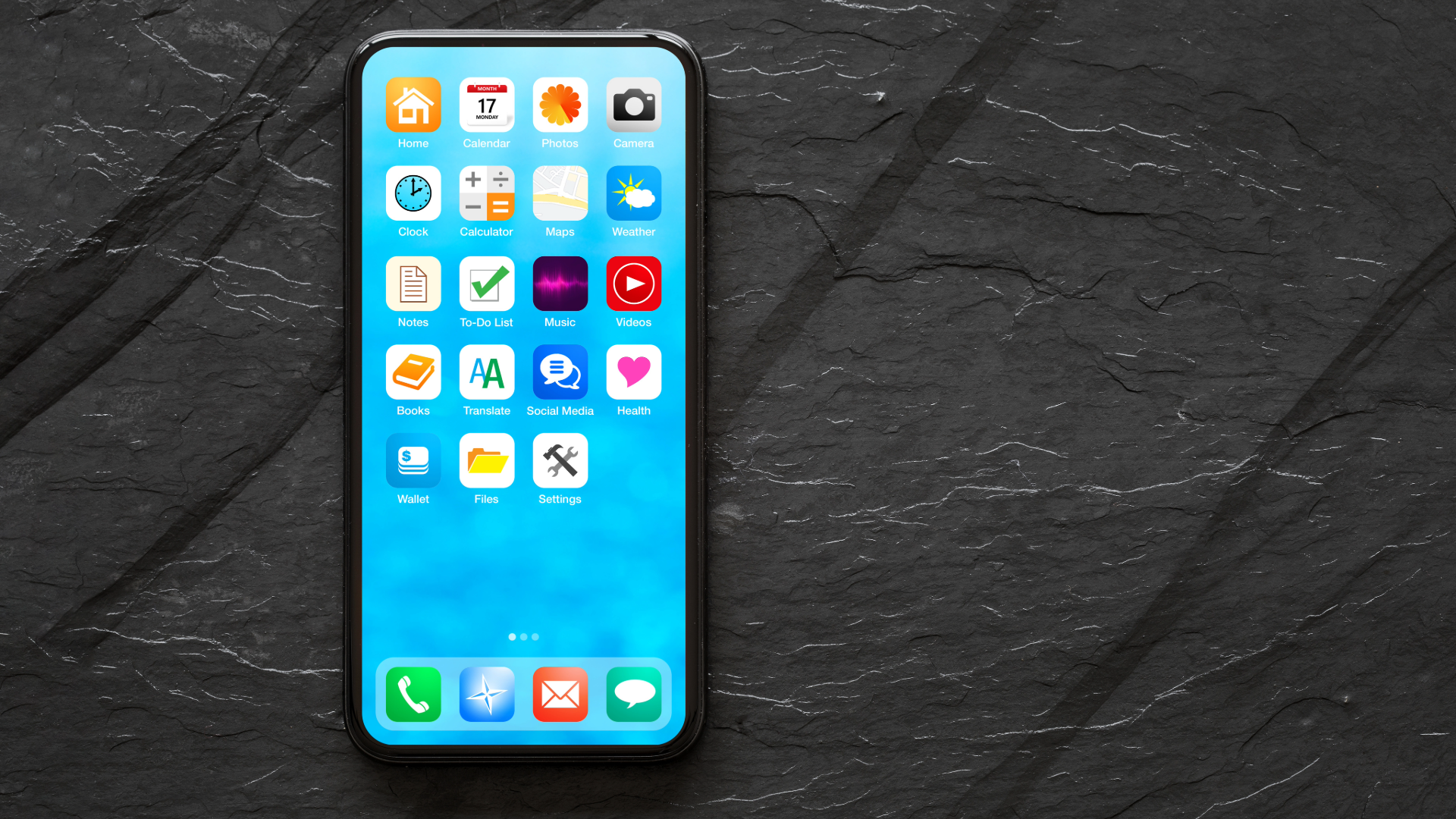Think You Know Life Insurance?
Test your life insurance knowledge.

Here are some of the most common misconceptions about life insurance:
1. Life Insurance is Only for Older People
Many believe life insurance is unnecessary until later in life, but getting coverage when you're younger is usually more affordable. Life insurance can provide financial security for your family at any stage of life.
2. It’s Too Expensive
While some policies can be costly, there are many affordable options, especially if you start when you’re younger and healthier. Term life insurance is particularly budget-friendly.
3. I Don’t Need It If I’m Single or Have No Dependents
Even if you’re single, life insurance can cover debts, funeral costs, or leave an inheritance. Additionally, your needs may change if you have children or get married later.
4. Employer-Provided Life Insurance is Sufficient
Many people assume their group life insurance through work is enough, but these policies often provide limited coverage (1-2 times your annual salary). It may not be enough to cover significant expenses or last if you leave the job.
5. I Can't Get Life Insurance Due to Health Issues
While some health conditions can affect the cost or availability of certain policies, there are still options, such as guaranteed issue policies, which do not require a medical exam.
6. Stay-at-Home Parents Don’t Need Life Insurance
Even if a parent doesn’t earn income, life insurance can cover the costs associated with child care, household management, and other essential services that would need to be replaced if they were no longer around.
7. Once I Buy Life Insurance, I Don’t Need to Revisit It
Life insurance needs can change over time as your financial situation evolves. It’s important to periodically review and update your policy as your income, debts, or family circumstances change.
8. Life Insurance Payouts Are Taxable
In most cases, life insurance payouts are not subject to income tax. However, estate taxes could apply in certain situations for high-net-worth individuals.
9. I Can’t Qualify If I Have a Risky Job or Hobby
Although certain professions or hobbies (like skydiving or scuba diving) may increase premiums, it doesn’t necessarily disqualify you from coverage. Specialized policies are often available.
10. Life Insurance is Just for Covering Funeral Costs
While life insurance does cover funeral expenses, it also provides financial support for long-term needs like mortgage payments, education expenses, or replacing lost income.
Visit our
life insurance page to quote and enroll in a new plan in minutes. It has never been easier to get covered.
Recent posts



